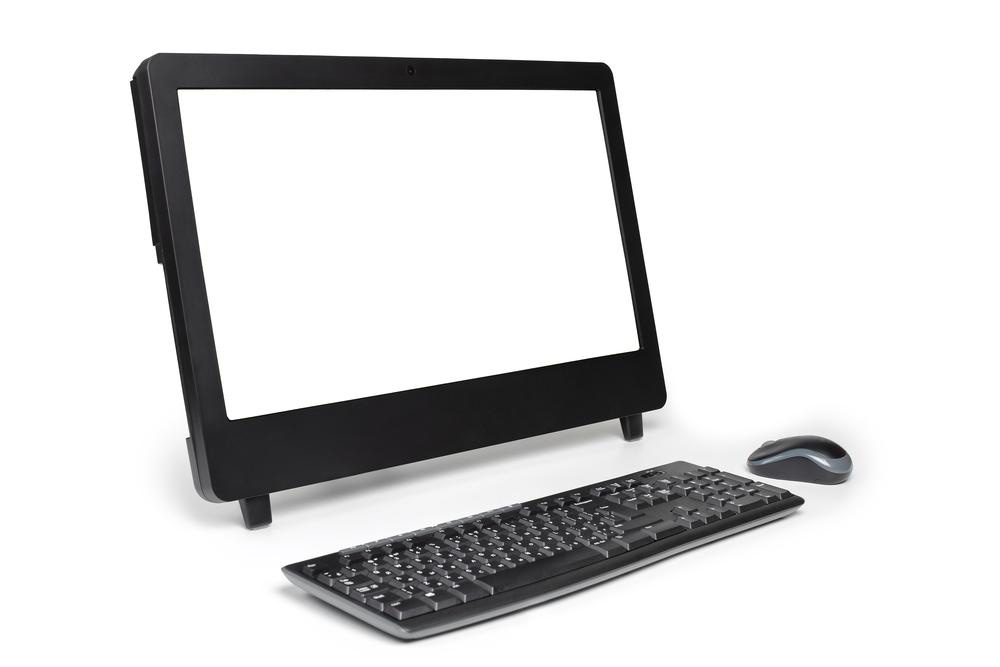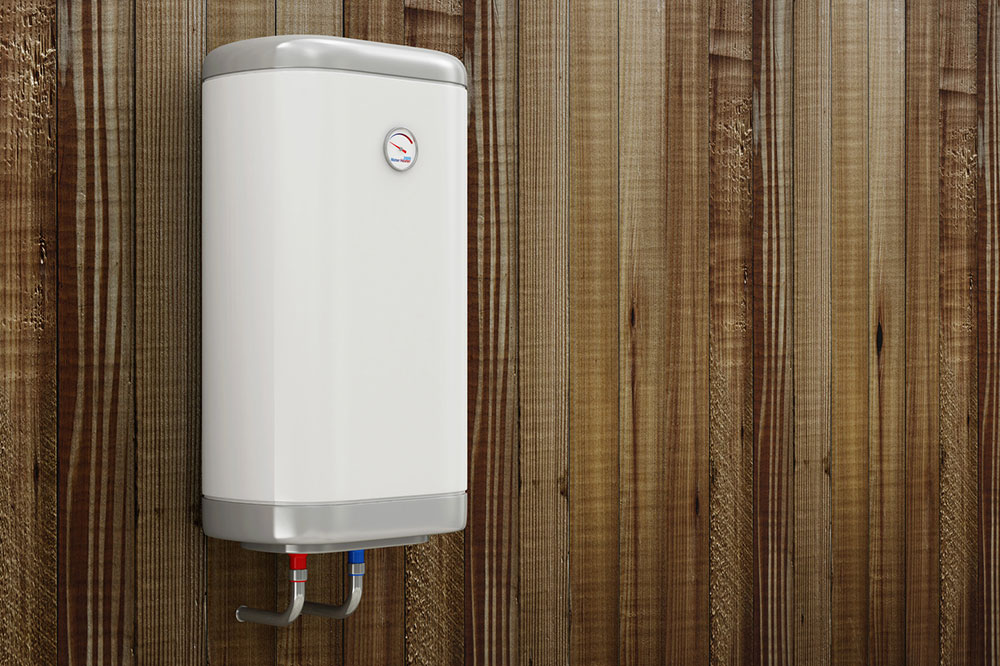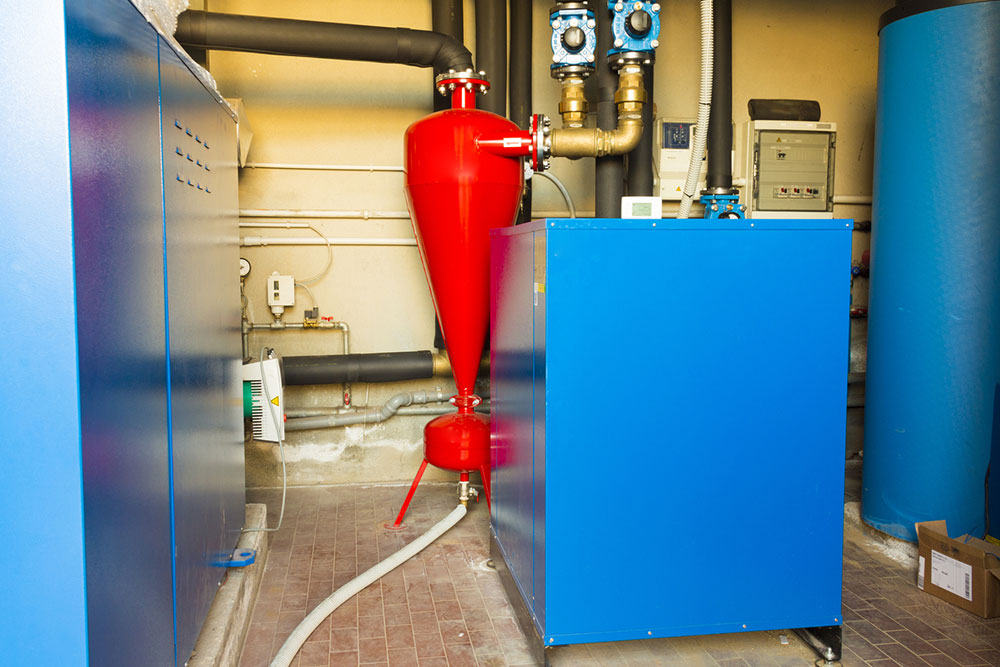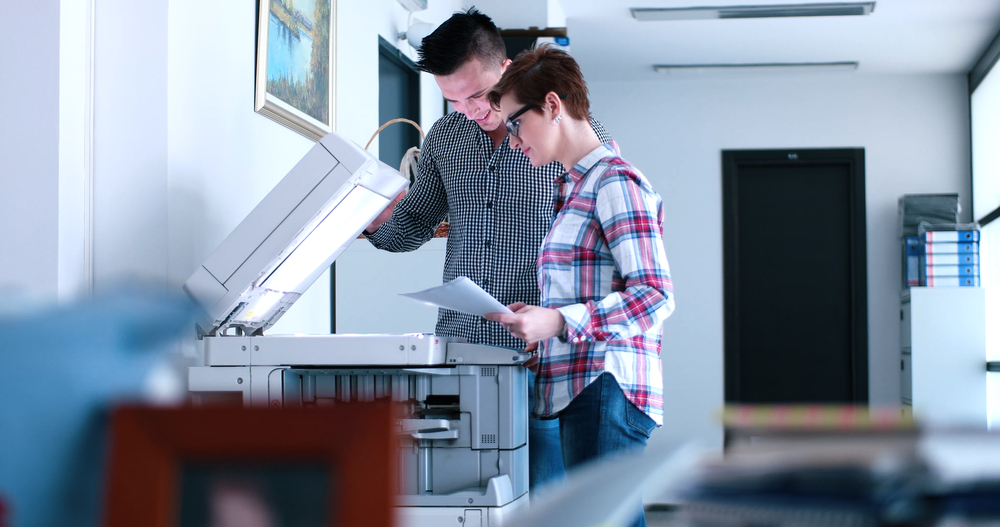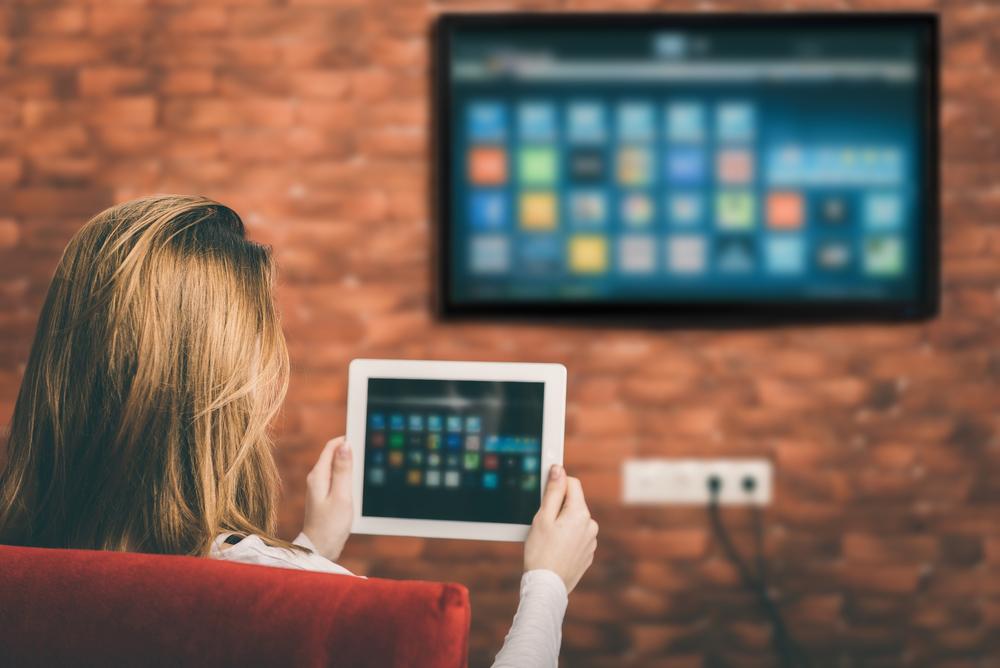Advantages and Disadvantages of All-in-One Computers
Explore the key advantages and disadvantages of all-in-one computers in this comprehensive overview. Learn how these space-saving devices offer touchscreen features, energy efficiency, and cable-free setups, making them ideal for modern workplaces and homes. Understand their limitations regarding upgradability, performance, and repair challenges, helping users make informed purchasing decisions.

Advantages and Disadvantages of All-in-One Computers
All-in-one computers combine multiple components into a single sleek device, integrating the monitor, CPU, keyboard, and mouse. This design has gained popularity for its space-saving features and modern aesthetics, making it a popular choice in many workplaces and homes across the US.
Importance of All-in-One PCs
These systems are appreciated across various industries due to their simplicity and multifunctionality, prompting users to switch from traditional desktops or laptops.
Touch Screen Technology
Many models from brands like Dell and Apple now feature multi-touch screens, enhancing user interaction. On Windows 10 devices, stylus support enables precise control during tasks.
Energy Efficiency
Compared to traditional desktops and laptops, all-in-one systems consume less power, supporting environmental sustainability. They generate less heat, leading to lower energy bills and reduced environmental impact.
No Extra Monitor Required
Major brands like Apple, ASUS, Dell, and Acer include integrated LCD screens, eliminating the need for separate displays and creating a streamlined look.
Cable-Free Design
As all components are housed in a single unit, clutter is minimized on desks. No extra cables or power cords are necessary, reducing trip hazards and creating a clean workspace.
Drawbacks of All-in-One Computers
Despite their advantages, all-in-one systems have some limitations:
The cost of all-in-one PCs is generally higher than traditional desktops or laptops.
Upgradability is limited; hardware components are often not easily replaceable, causing the device to become outdated quickly.
Rapid technological advancements may make your device obsolete soon after purchase, especially with displays or graphics improving constantly.
Gamers might find these systems underperforming due to less powerful graphics and CPU capabilities compared to gaming laptops or desktops.
Memory and internal component upgrades are often restricted, complicating performance enhancements.
Repairs, such as replacing malfunctioning USB ports, may be more complicated compared to traditional desktops, which are easier to service.
Overall, all-in-one computers are ideal for users seeking a compact, stylish device that merges tablet-like functionality with desktop performance. However, those needing high upgradeability or gaming power should consider other options.


